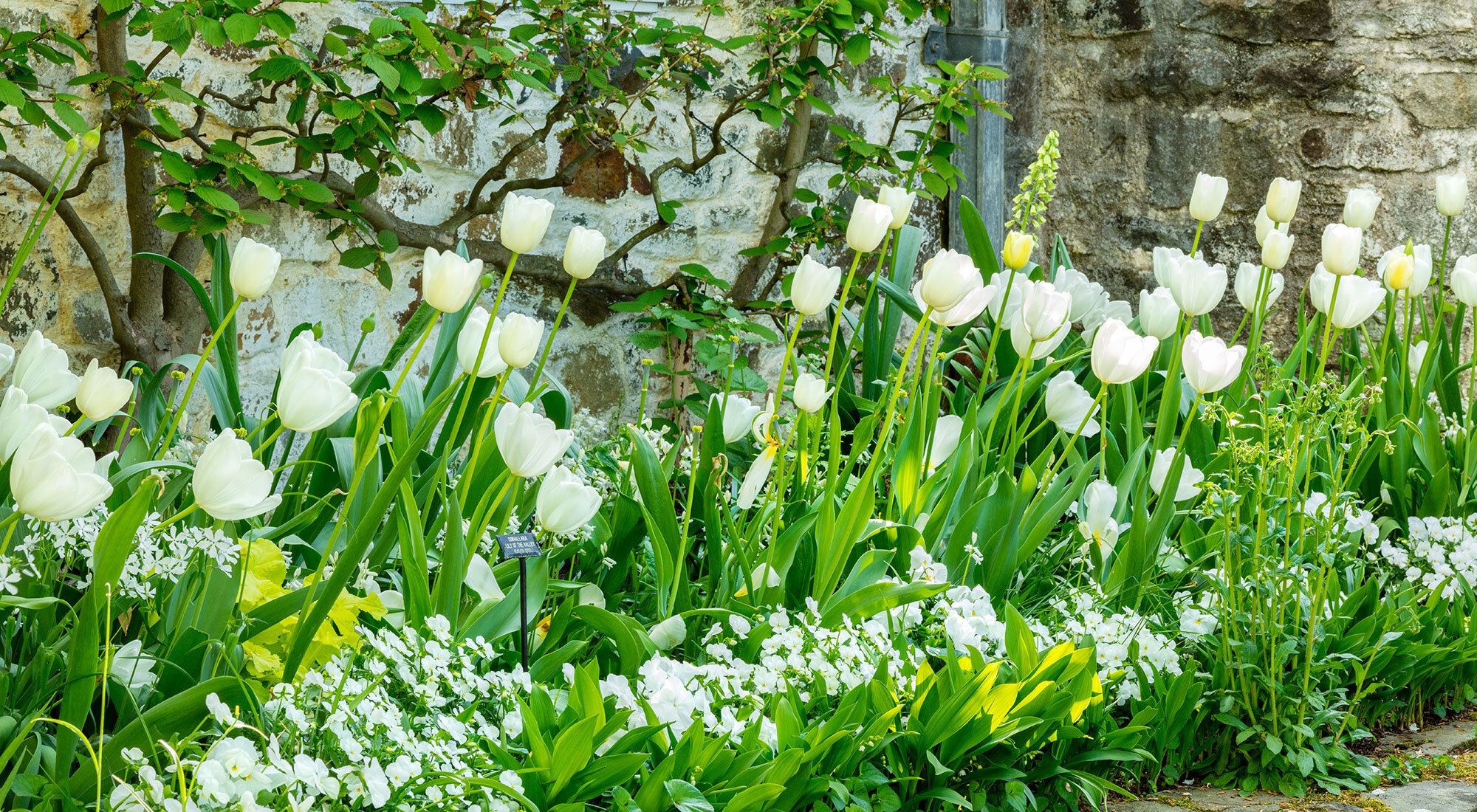
Gardens
Oak Spring Garden
“A garden, hovering always in a state of becoming, sums its own past and its future.”
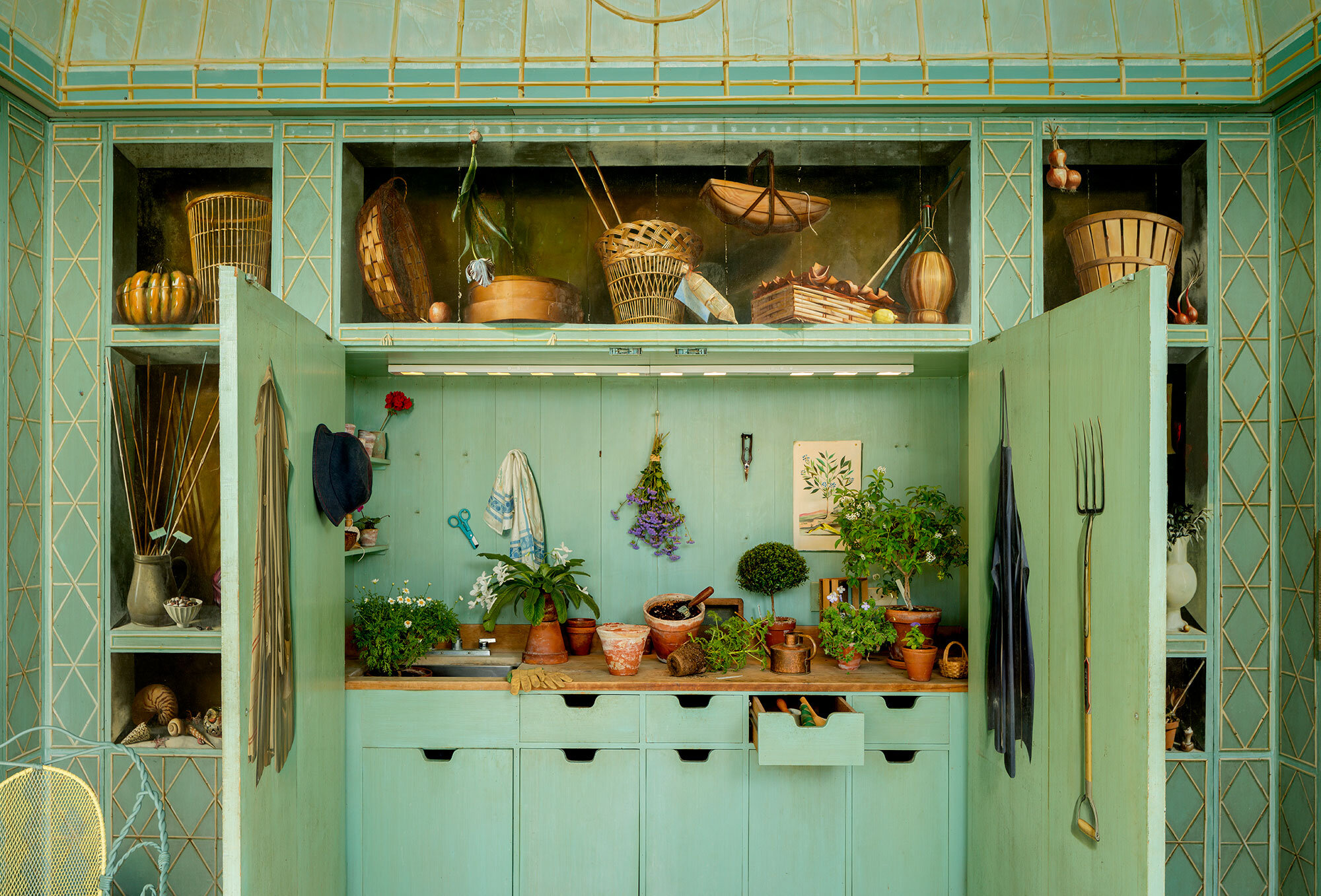
Image by Roger Foley
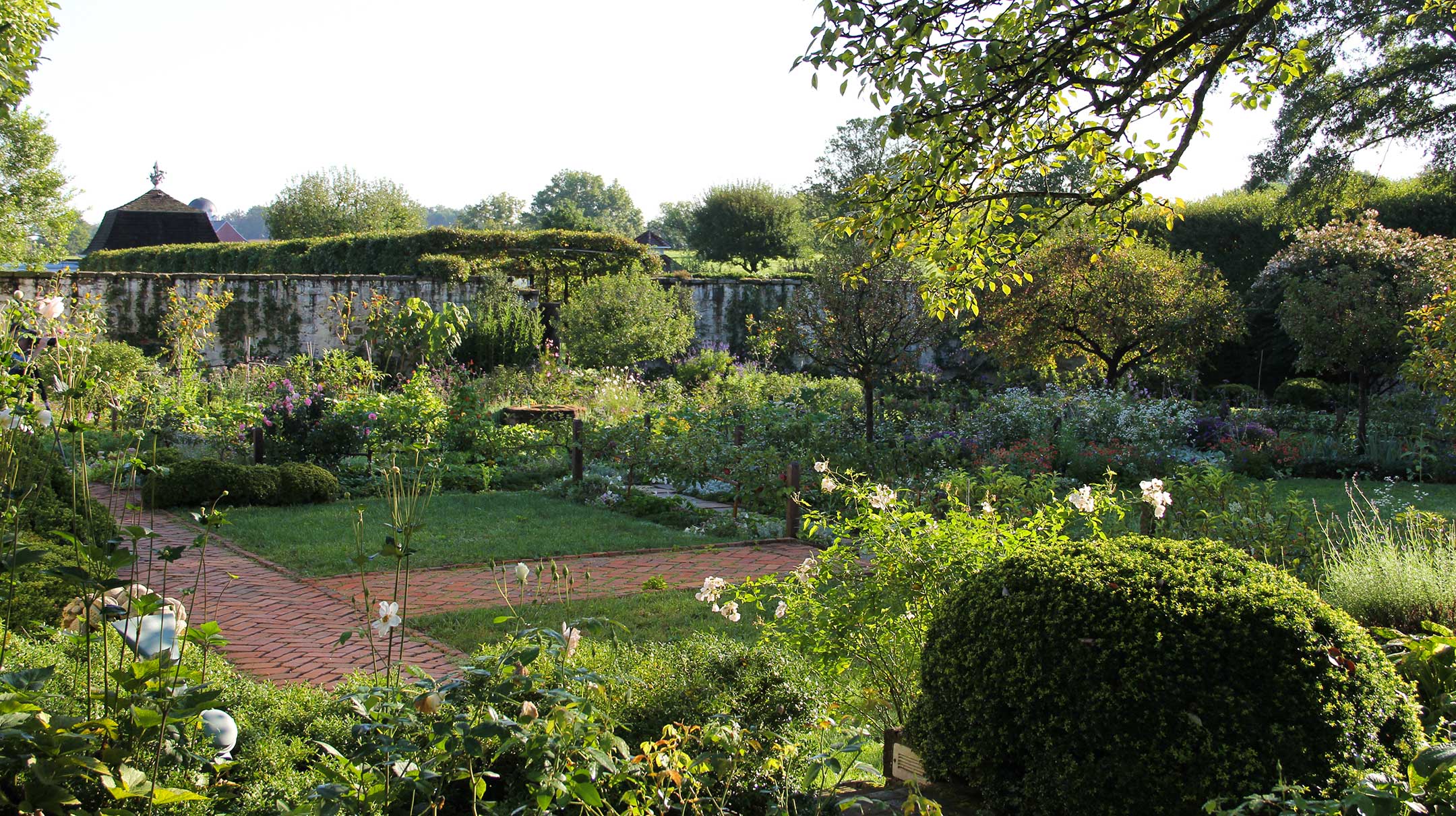
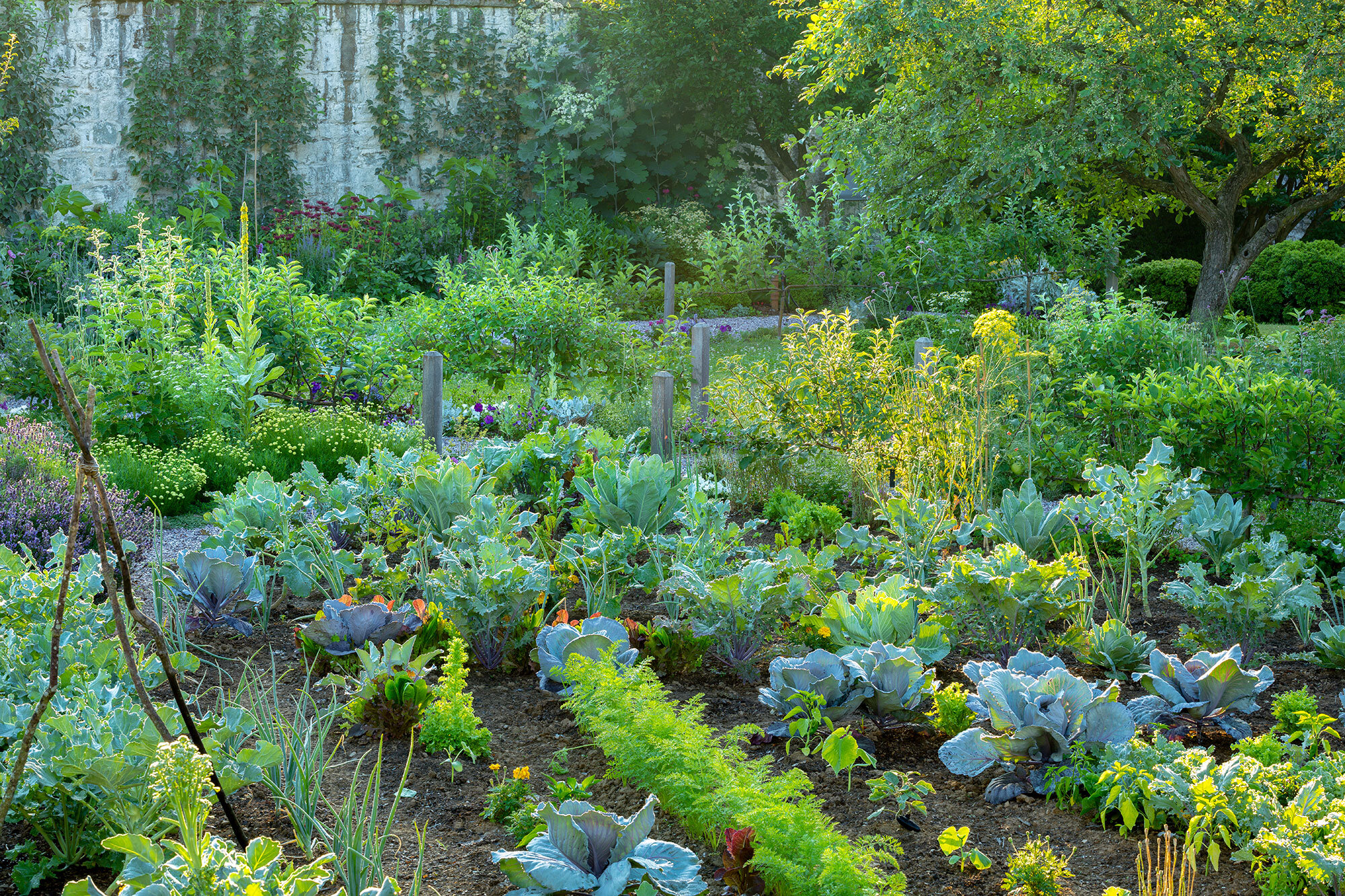
Image by Roger Foley
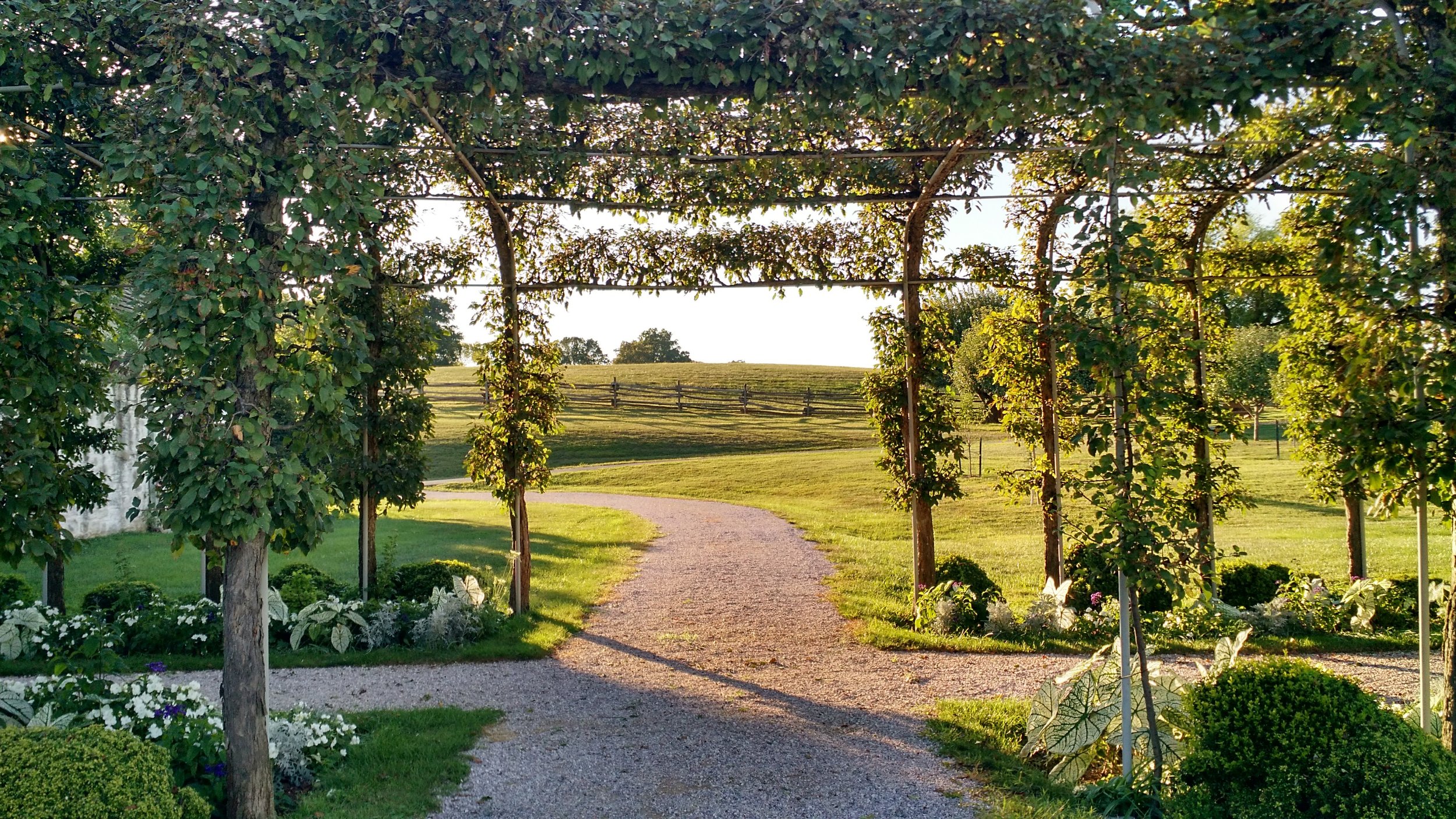
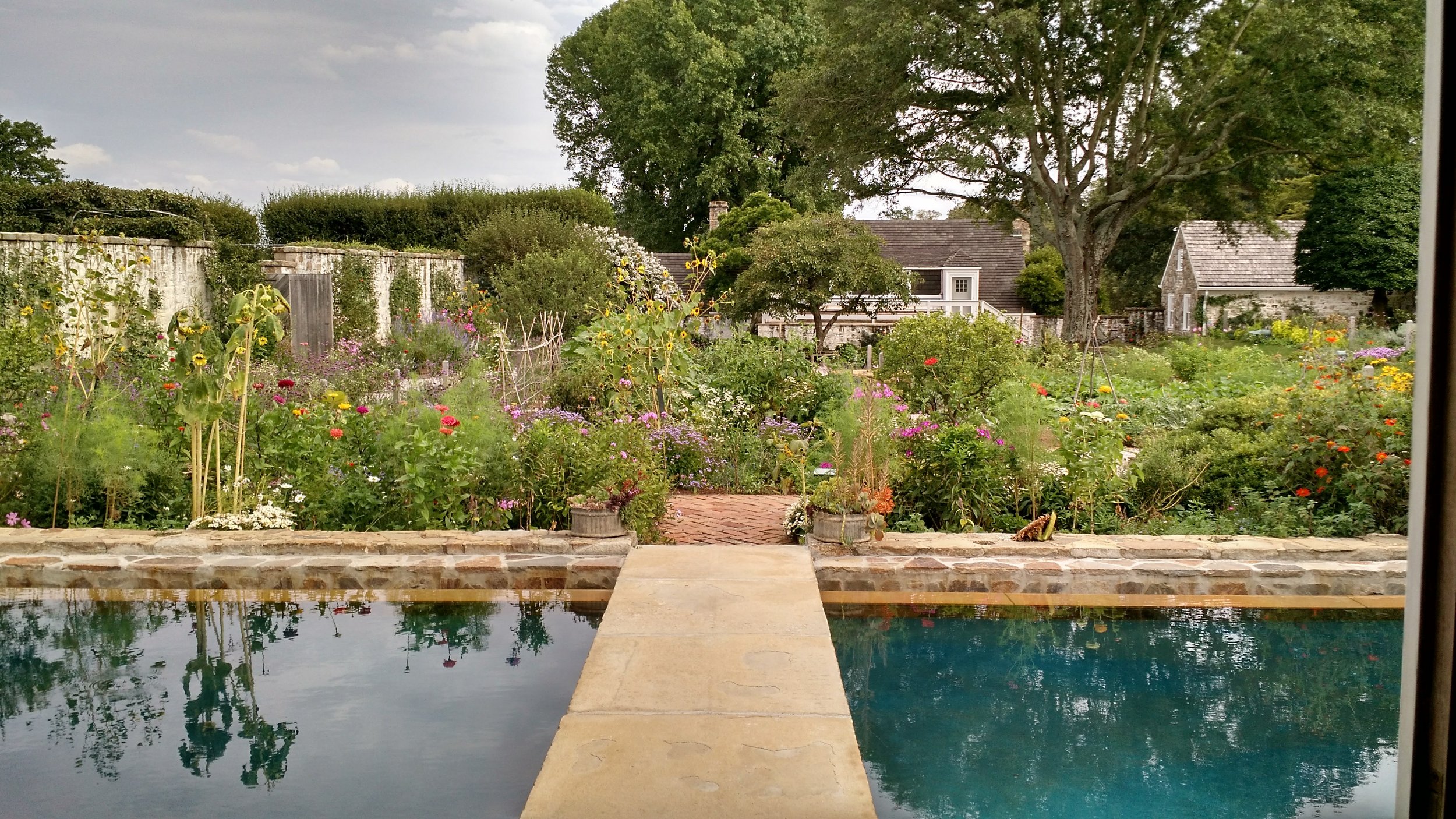
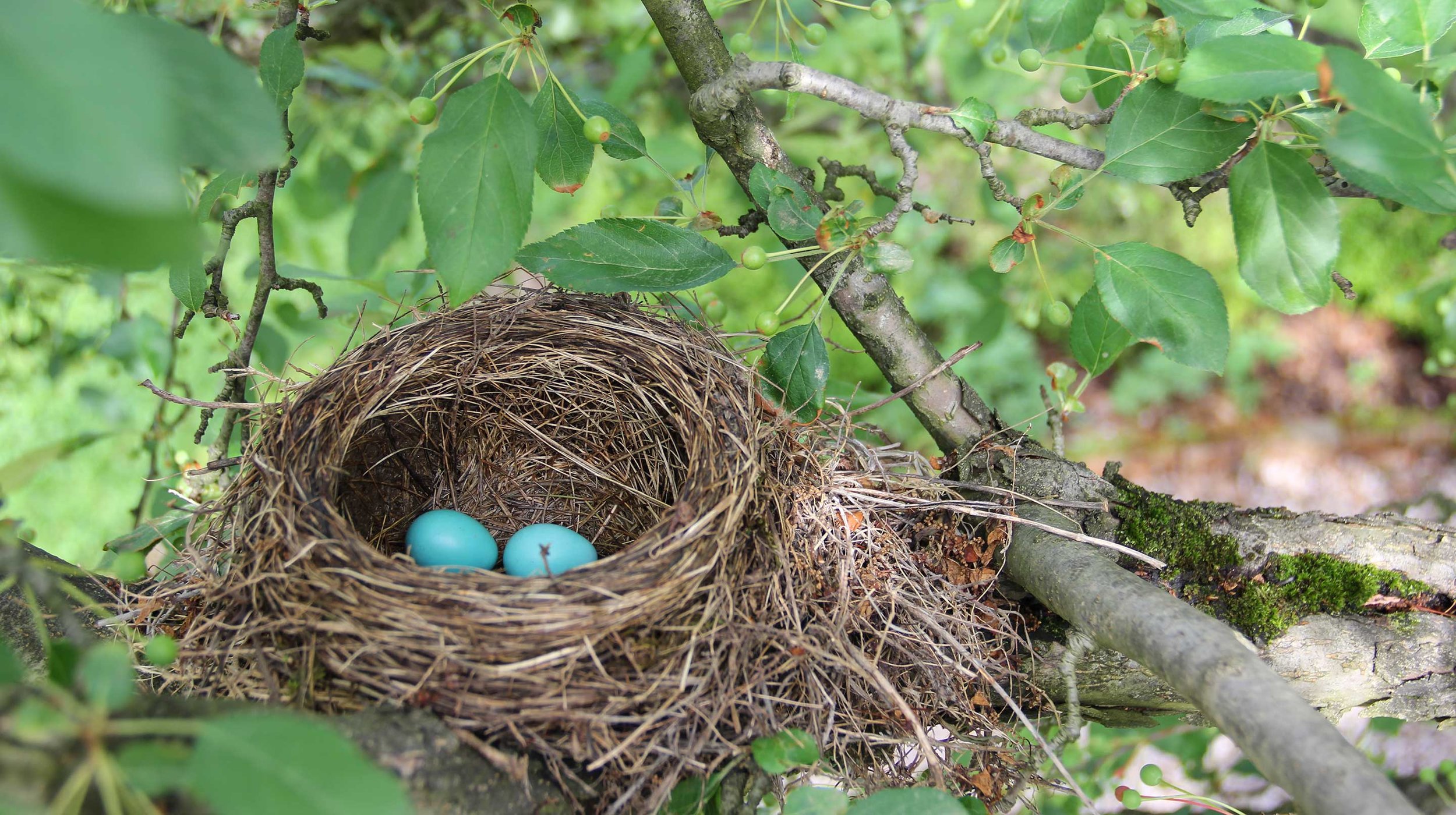
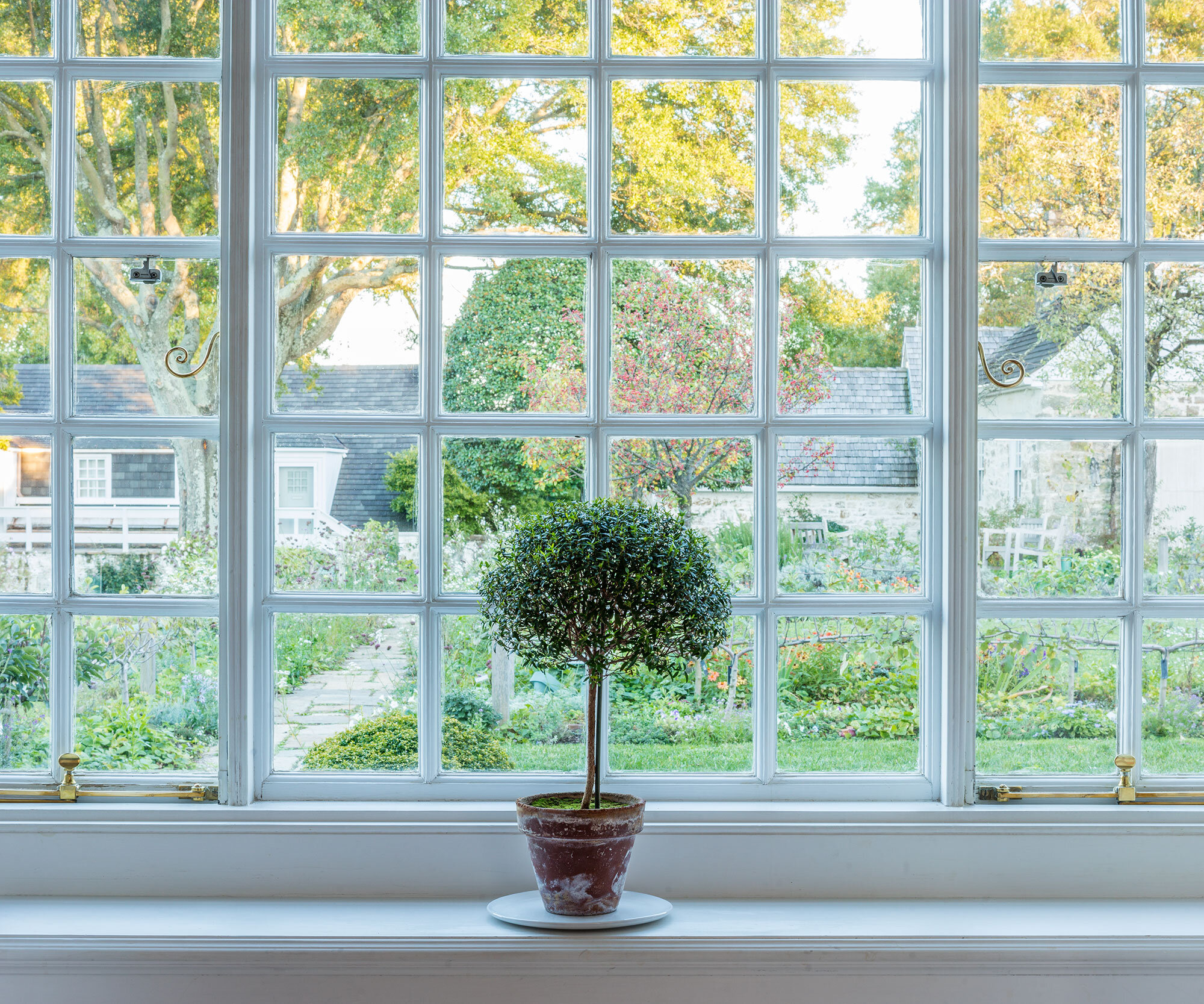
Image by Roger Foley
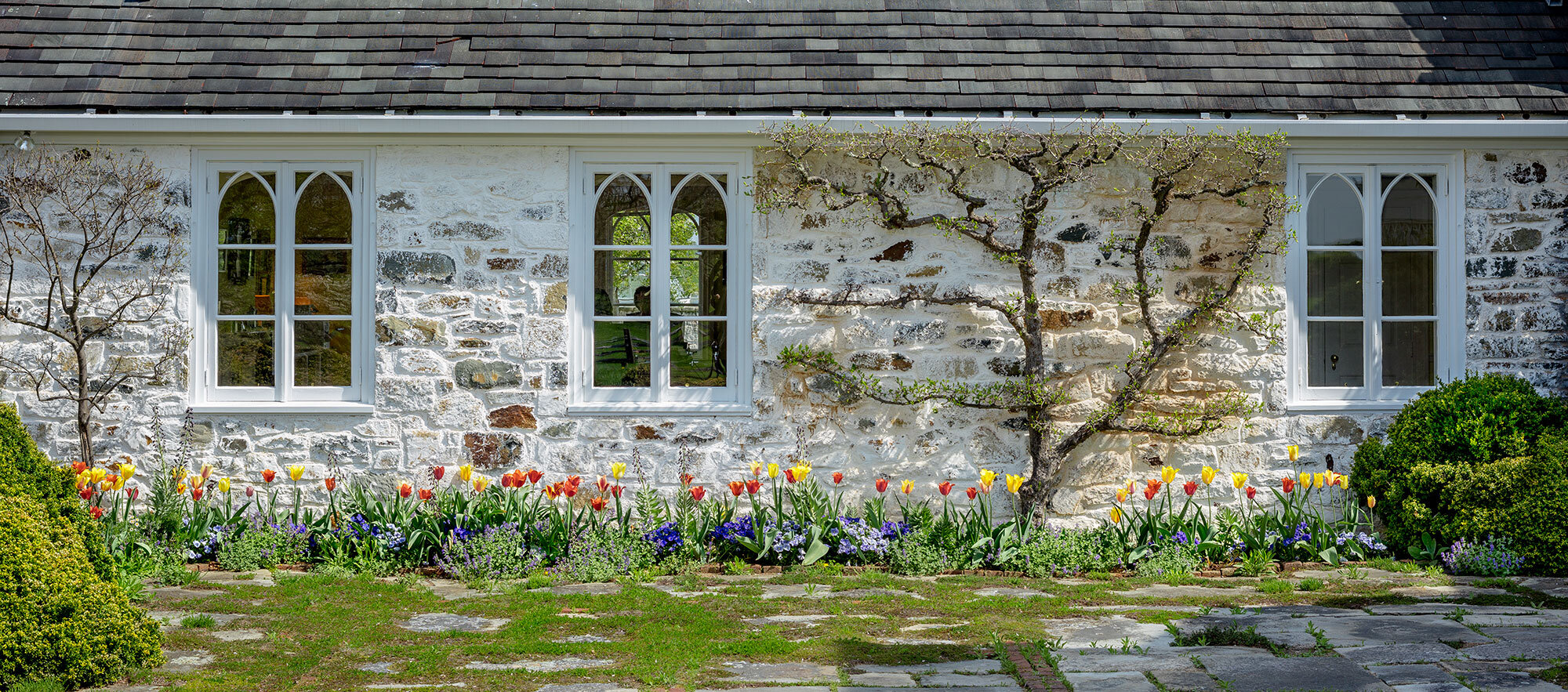
Image by Roger Foley
If “gardening is a way of thinking,” as Bunny Mellon once wrote, then her garden at Oak Spring was her journal writ in plantings and pathways. Of all the gardens she created in her lifetime, this half-acre space was her most personal. It grew as she did, and was a place where she experimented over the years of her long life with color, texture, and form.
OSGF actively manages the Oak Spring garden to sustain the principles and spirit of Bunny Mellon. Our garden team works closely with the Oak Spring Garden Library to research archival photographs that document Mrs. Mellon’s evolving garden style as they thoughtfully plant, prune, and pleach for the future. This includes the integration of forward-thinking practices that support sustainability; such as the inclusion of more native plant species, greatly reducing the use of pesticides and synthetic fertilizers, and adopting regular and repeated applications of chopped leaf mulch throughout the year to help develop the health of the soil over time.
Greenhouse Highlights: March












A Place to Grow
Bunny Mellon’s garden is maintained not only for enjoyment, but also to serve as a place for learning and inspiration. This has included gardening internships, workshops, and conferences hosted within the garden.
Visiting scholars, artists, and writers utilize the garden as both a living library of floral specimens, as well as a place of respite and connection. We believe strongly in supporting the development of leaders in the world of plants and the environment.
Every year we continue to develop and refine programs that will offer opportunities to learn in and from the garden. Explore our current programs under the “What We Do” tab.
Garden & Horticulture Programs
Come learn in our garden! We offer a series of one-day events and multi-day short courses on many topics relating to our mission. Below is a list of programs currently available that relate to gardens & horticulture.
Applications for this short course close at midnight on December 23, 2024. The program consists of two virtual sessions (to be scheduled at at later date) and an in-person program held at Oak Spring April 15-17, 2025.
Spend a morning sketching and painting en plein air in the Oak Spring Garden.
Tickets: $15
Applications for this short course close at midnight on Monday, March 3, 2025. The program runs from May 28-30, 2025.
Join us for two special tour days this summer! Explore the garden, landscape, and gallery at Oak Spring.
Tickets: $75
Applications for this short course close at midnight on Monday, May 12, 2025. The residential portion of this program runs Wednesday, August 13 - Friday, August 15, 2025.
Applications for this short course close at midnight on Monday, May 12th, 2025. The program runs Monday, August 18 - Friday, August 22, 2025.
Applications for this short course close at midnight on Monday, May 5, 2025. The program runs from August 27-29, 2025.
Applications for this short course close at midnight on May 19, 2025. The program runs September 8-10. 2025.
Explore More
Gardens are full of stories, and we love to share them. Whether its news from the Oak Spring Garden, fascinating places and people from garden history, or practical horticulture tips, you can find our latest garden-related blog posts here.
The beauty of the landscape can be a source of inspiration for artists, writers, scientists, anyone really. Bigger elements like mountains, rivers or the topography of the Bull Run and Blue Ridge mountains which border Oak Spring can even be incorporated into garden design. Read our latest blog post written by our Horticulture Apprentice, Claire, to learn about the history of a design philosophy which first originated in 17th century China and encourages us to look to the landscape.
The gardens Bunny Mellon created during her life were influenced by a number of places, objects, people and literature. One woman who had a lasting impact on American gardens and served as an inspiration for Mrs. Mellon was Ellen Biddle Shipman. Ellen, born on this day in 1869, was a pioneering landscape architect who designed over 600 gardens in her lifetime. Read on to learn about Ellen’s life and how some of her trademark garden design staples made their way to the gardens of Mrs. Mellon.
Summer is a time that’s bursting with activity. The landscape is full of soaring butterflies, buzzing bees, and a host of birds and other critters. In this guest blog post, written by our Biodiversity Conservation Manager, learn about the creation of the Rokeby Wildlife Garden, which supports Oak Spring’s flora and fauna, and get a few tips on how to start your own wildlife garden.
As a horticulturist, garden designer, and philanthropist, her passions and vision for the future left an enduring influence through the formation of the Oak Spring Garden Foundation. In celebration of her birthday, a newly discovered fossilized plant species has been named in Bunny’s honor. Our President Sir Peter Crane outlines this new discovery and another pioneering woman who helped to bring this fossil flower to light.
Bunny Mellon once said “every rock has its purpose” and “every plant has its purpose.” Inspired by French styled parterres, the terraced gardens of Oak Spring are the perfect marriage of the two sentiments. The rock in this case is local fieldstone which was hand laid by Oak Spring’s stonemasons, and the plants are a smattering of herbs and other perennials which were first sprinkled out as seeds by Bunny during the garden's construction. Today, the cracks of the fieldstone spill out with plants that thrive under the beating summer sun. Learn more about the history of the terrace garden and some of the plants that thrive there in this blog.
Banner Image by Roger Foley



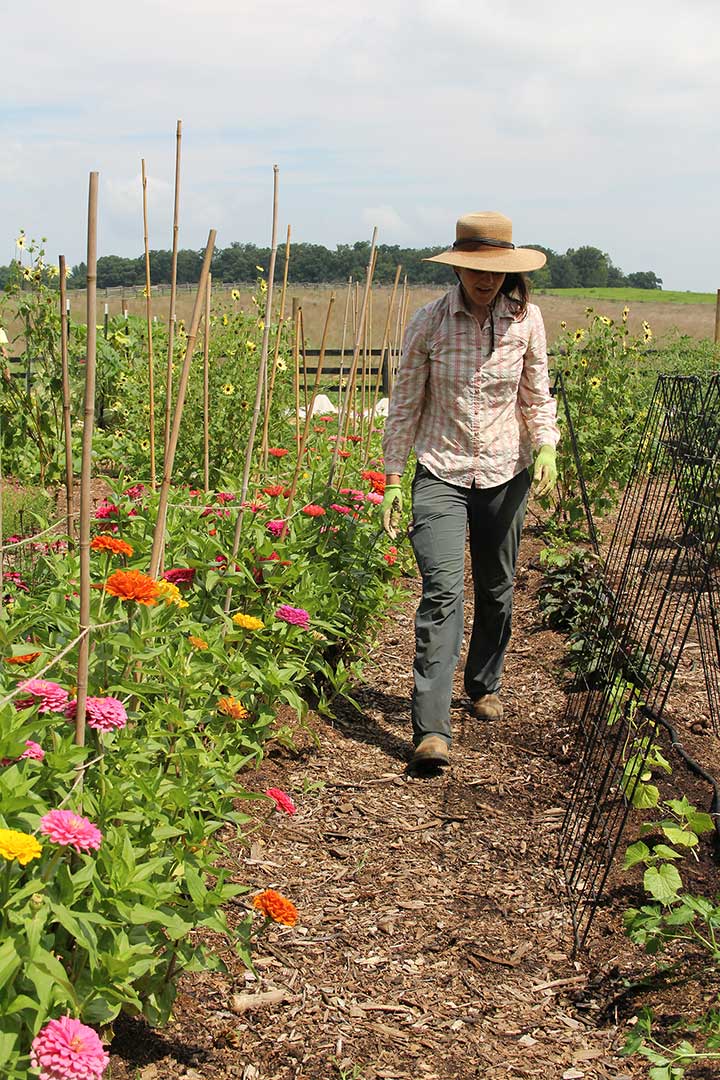
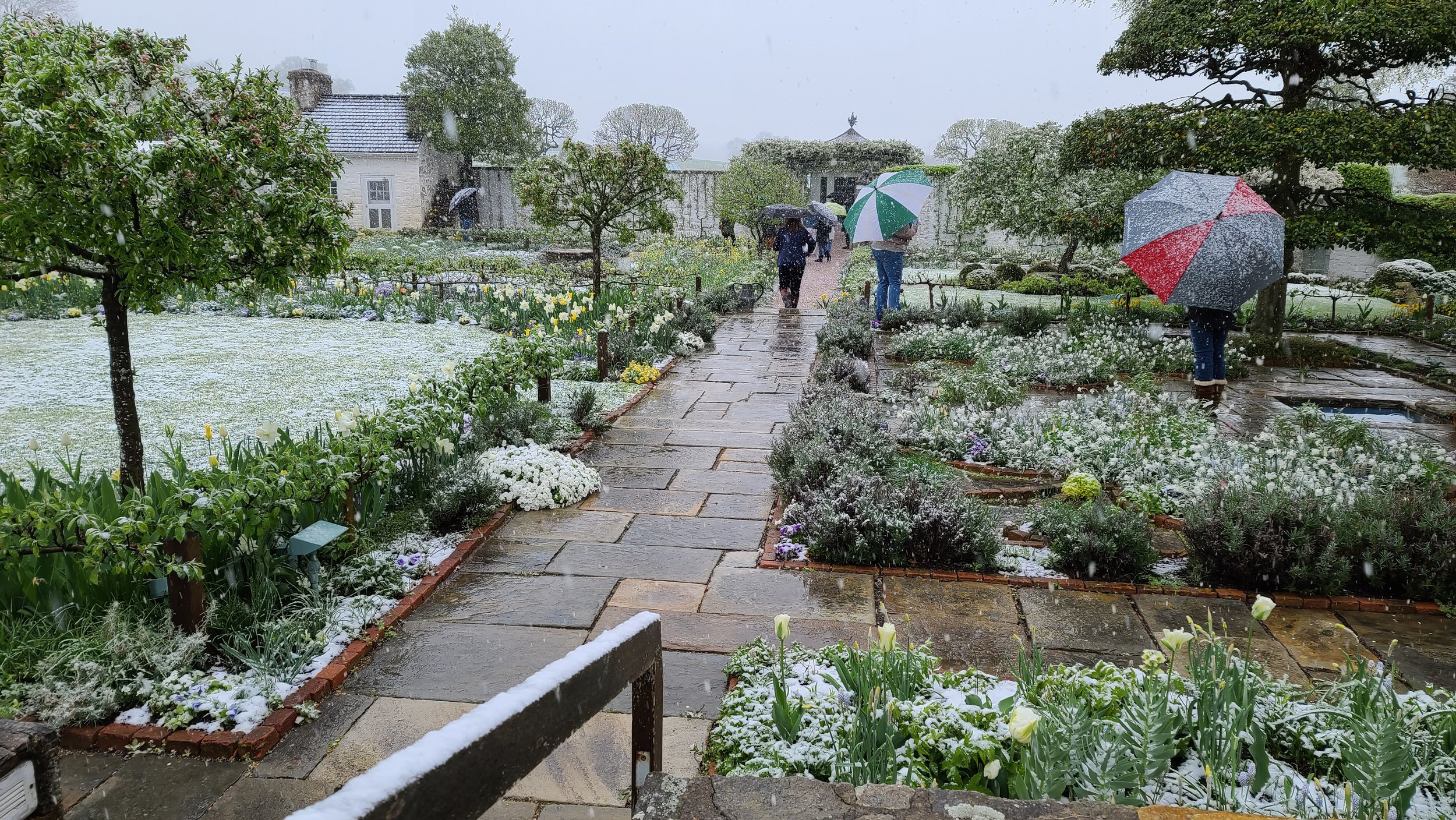
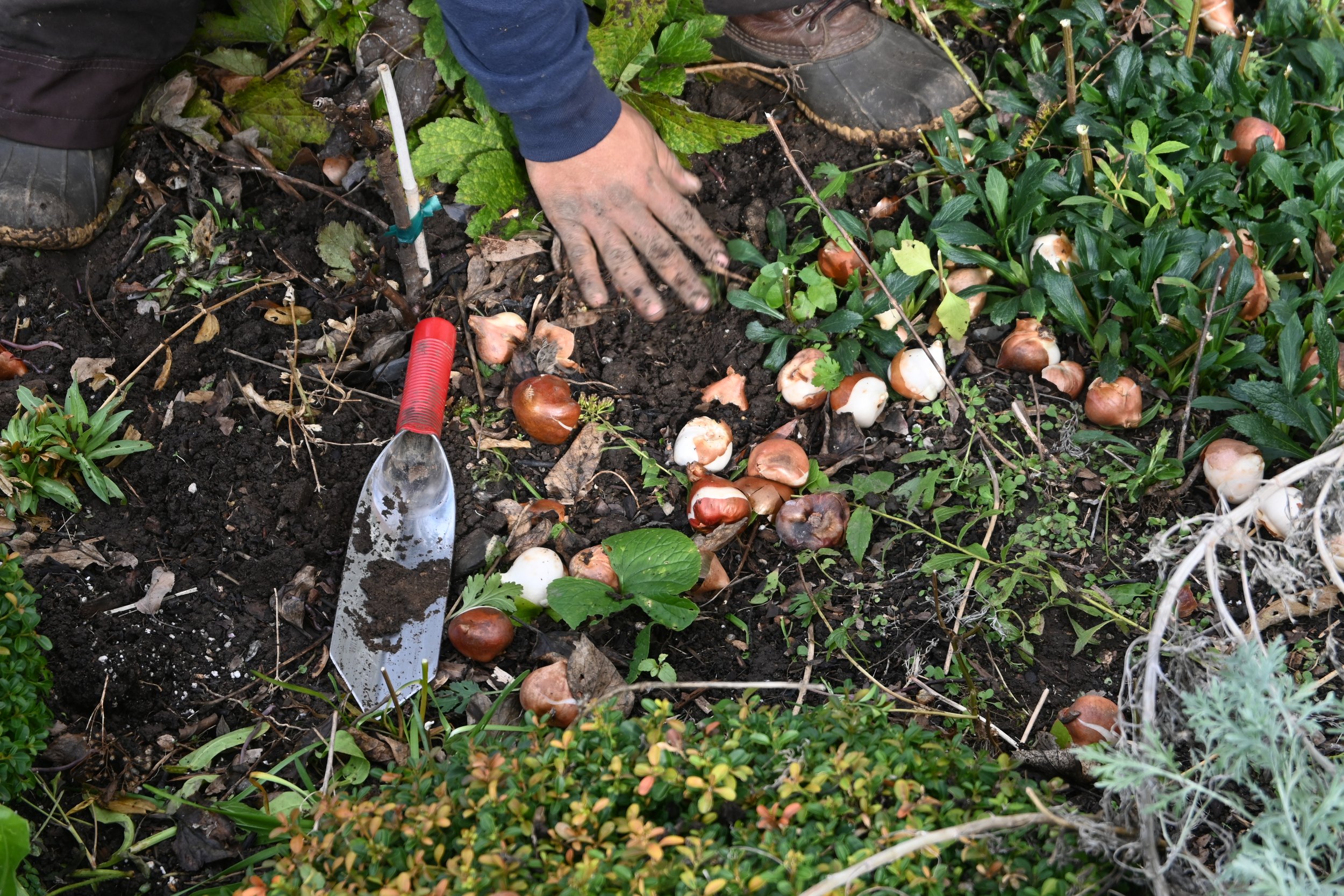
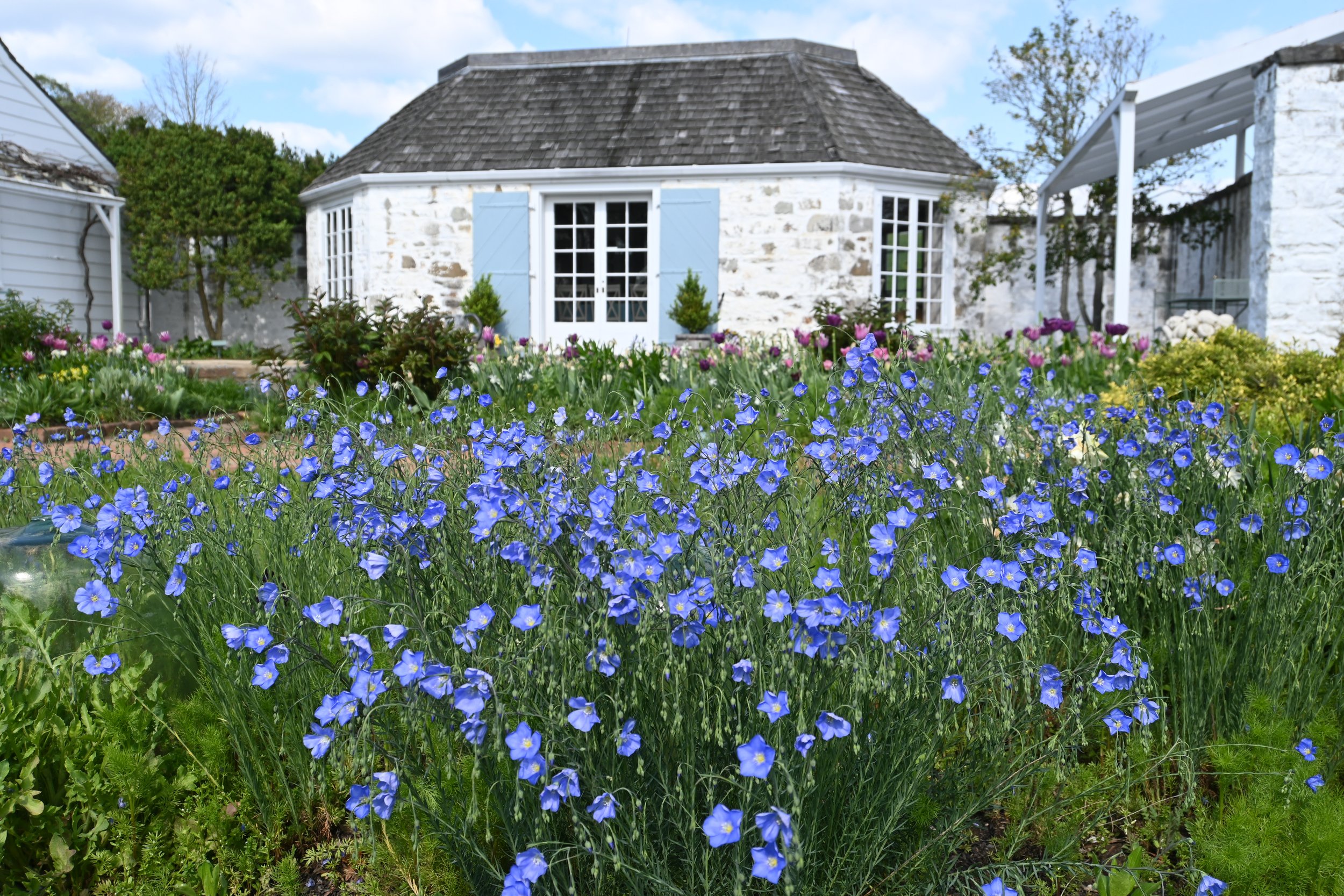

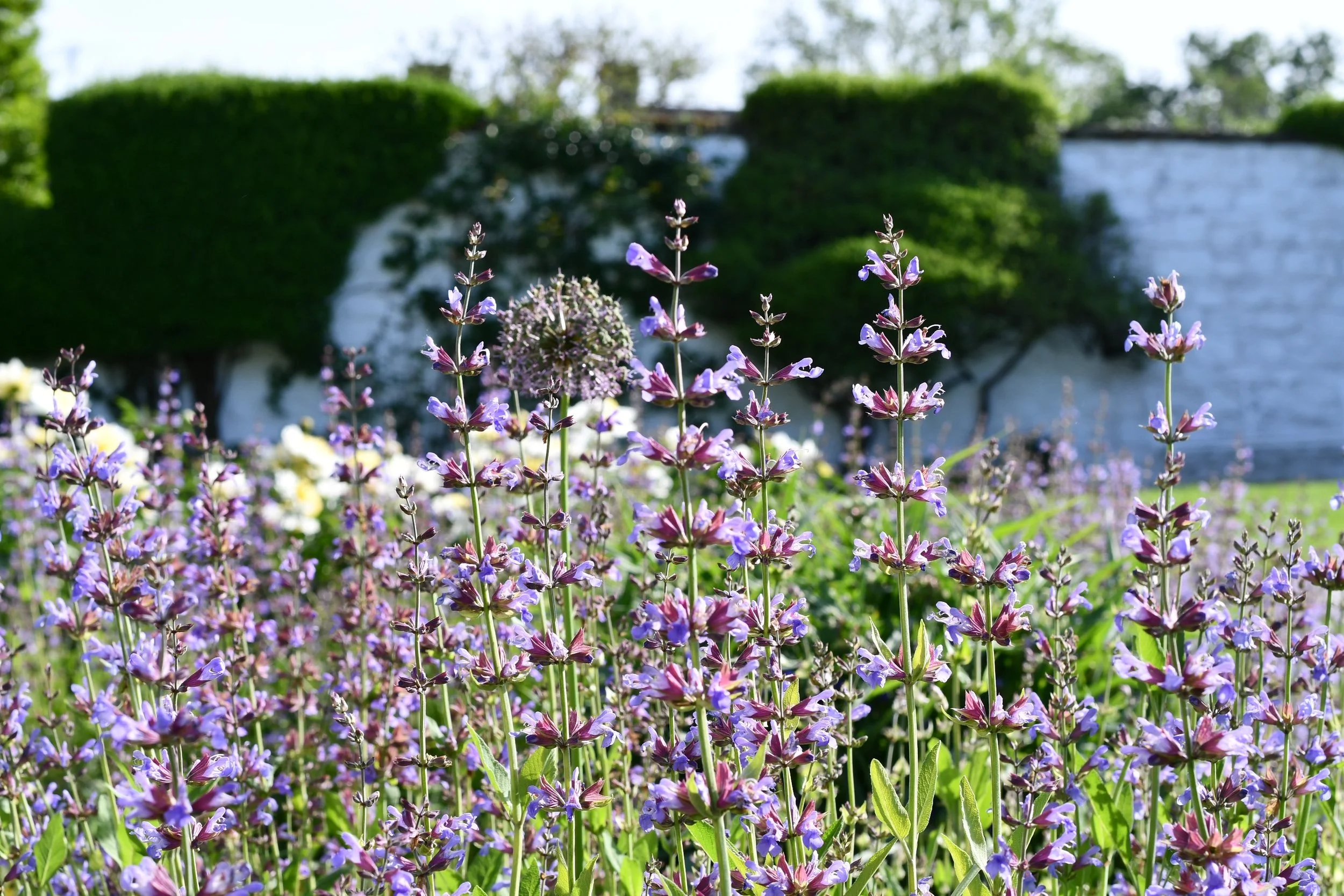







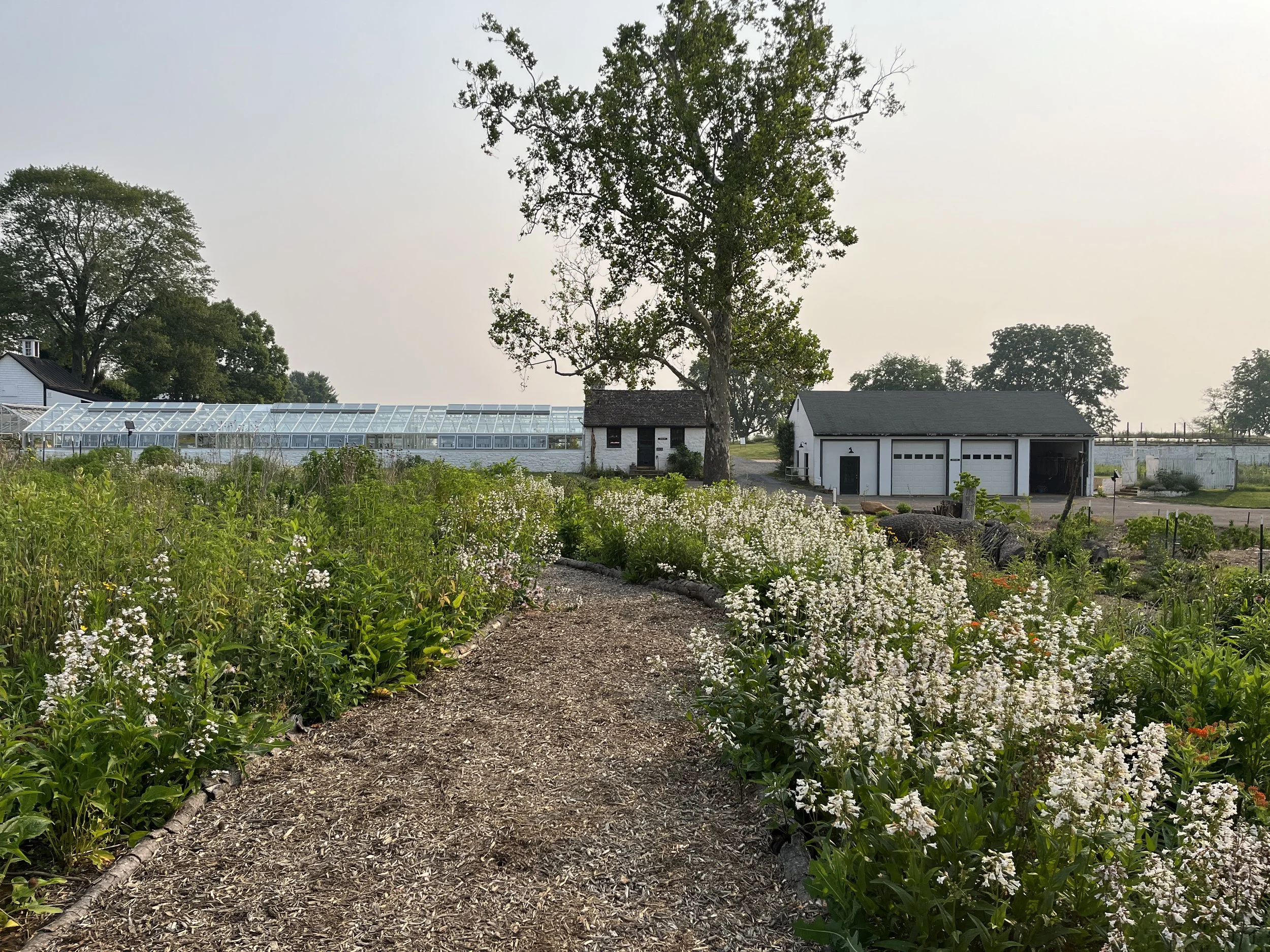


Few species of plants have captivated people for centuries quite like orchids. Taking the world by storm, orchids of every size and color are now readily available and can be kept alive by even the most novice gardeners. Thanks to our archives and garden records, we know that Mrs. Mellon also was swept up in the orchid craze. Read on as our Horticultural Apprentice, Julie, dives into the history of orchids and their history at Oak Spring.